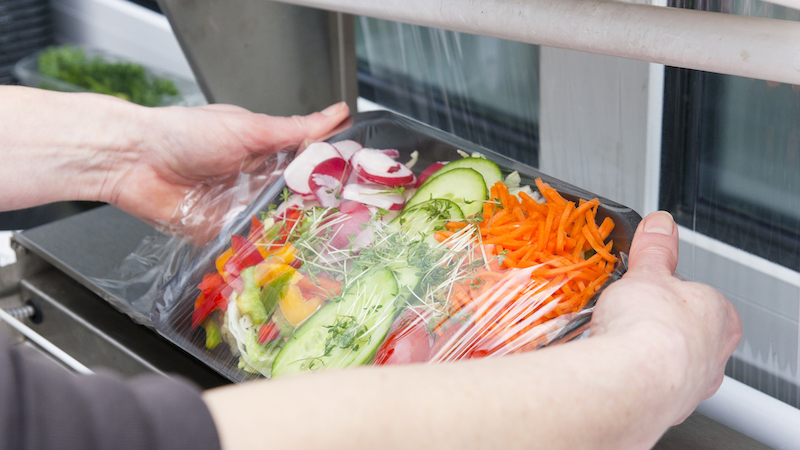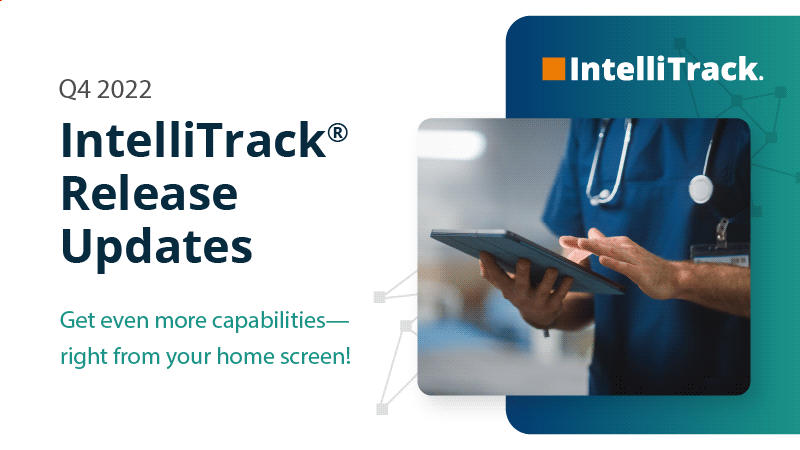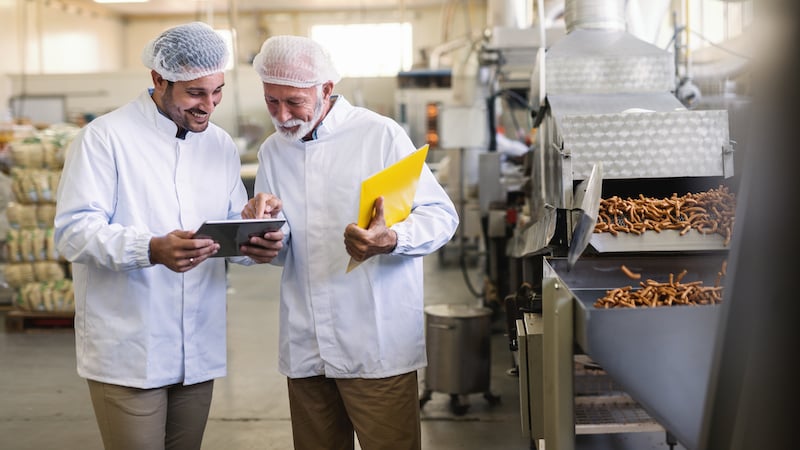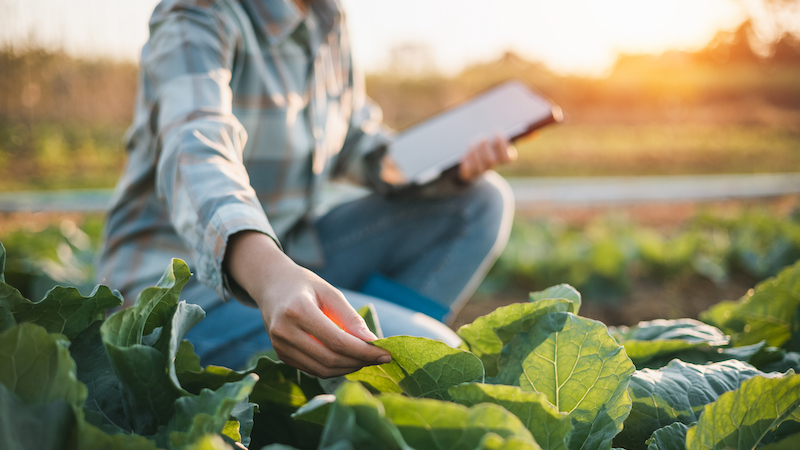In this installment on the updates to Section 204 of the FDA’s Food Safety Modernization Act (FSMA 204), we’re zeroing in on growers and producers in the food supply chain, and the data they’ll need to be able to capture, store, report, and share.
FSMA 204’s compliance enforcement date is January 2026, but food supply chain stakeholders would be mistaken to procrastinate. Producers’ cooperation and collaboration will play an important role in their trading partners’ compliance, and that can mean all the difference in maintaining your most important relationships with key customers.
Producers serve as the roots of the food supply system, and production facilities like farms are generally subject to FSMA 204 requirements if they manufacture, process, pack, or hold foods on the Food Traceability List (FTL).
Previous articles focused on retail grocery, quick-serve restaurants (QSRs), processors, and wholesalers—and the critical tracking events (CTEs) they’re accountable for. Along with compliance, we looked at ways these stakeholders can leverage technologies, process controls, and data capture to improve their own operations and increase profitability.
Our video with Zebra Technologies provides a nice summary!
Growers and food producers experience similar critical challenges that better visibility into operational data can help them solve. So they can invest the same resources into compliance, and get the added benefits of data-driven decision-making.
Food Safety Compliance Burdens on Producers
Exemptions apply but in general, the final rule requires businesses that make, process, pack, or hold FTL foods to establish and maintain a traceability plan for identifying, recording, and reporting Key Data Elements (KDEs) associated with Critical Tracking Events (CTEs) along the lifecycle of FTL foods.
All business entities covered by FSMA 204 must develop a traceability plan, and that includes farms. Traceability plans must include:
- Description of procedures used to maintain the required records (including location and format of records)
- Description of procedures used to identify FTL foods that you manufacture, process, distribute or hold
- Description of how the business/entity assigns traceability lot codes (TLCs)
- Designation of whom the FDA should contact
- If you grow or raise food on the FTL, a farm map showing locations on the farm where FTL foods are grown or raised
RELATED: Learn more about FSMA 204 and related GS1 Standards compared with processors, Producers’ FSMA 204 compliance accountability begins with harvest records for FTL foods, since the final rule does not specify KDEs associated with growing or raising foods on the FTL list. Shipping FTL foods from the farm—as long as it takes place before any initial packing or cooling—is not a CTE.
Producers must assign a traceability lot code (TLC) to an FTL food when they do any of the following:
- Initially pack a raw agricultural commodity (RAC) other than a food obtained from a fishing vessel
- Perform the first land-cased receiving of a food obtained from a fishing vessel
- Transform a food
Transformation refers to manufacturing, processing, or changing a food (for example, by commingling, repacking, or relabeling).
On-farm packing & cooling
Companies that harvest or cool raw agricultural commodities on the FTL are required to record, maintain, and provide (within 24 hours of a request by the FDA) KDEs associated with harvesting and cooling. In addition, the packing of produce on a farm constitutes the “initial packer” CTE, so those operations must record and maintain initial packer KDEs.
How Farmers & Producers Can Benefit Beyond Compliance
Notably, the FDA used a data-driven risk-ranking approach to determine which foods made it onto the FTL. FDA developed definitions and scoring to address not only acute illness due to pathogens, biotoxins, or undeclared allergens; but also risk of chronic exposure to foodborne chemical hazards.
While the approach itself may not be of direct interest to a farmer or producer, it serves to demonstrate the value of large data sets to better inform decision-making, and that’s where producers and farmers stand to gain from compliance investments they have to make anyway.
Producers who are ready to respond to recalls quickly and precisely are better positioned to serve trading partners, but that’s not all. More complete tracking and tracing of food can enable producers to develop and tell their brand story, cultivating increased consumer confidence and a deeper connection with their brand.
On an operational level, producers are likely to find that the initial investments in data capture, storage, and reporting can pay off in a lot more than regulatory compliance. Data capture technologies can deliver benefits as far reaching as:
- Preventing and resolving partner claims disputes
- Managing inventory, equipment, and assets
- Preventing waste, theft, fraud, or product diversion
- Tracking reusable transport items like totes and containers
- Meeting supplier mandates for industry-leading trading partners
- Automating production processes
- Reducing labor needs
- Improving sustainability
Every operation has unique challenges and needs. Identifying the right combination of technologies and solutions for data capture, maintenance, and reporting can be a complex undertaking—but the right solutions can simplify and streamline operations.
 Working with a trusted technology solution provider should be your first step. Look for a team with expertise in GS1 Standards, as well as experience implementing a range of data capture solutions, including RAIN RFID and IoT-connected equipment, barcode labels and scanning devices. Implementing the right technology requires an approach that prioritizes your processes and people today, while providing a solid structural foundation for future growth.
Working with a trusted technology solution provider should be your first step. Look for a team with expertise in GS1 Standards, as well as experience implementing a range of data capture solutions, including RAIN RFID and IoT-connected equipment, barcode labels and scanning devices. Implementing the right technology requires an approach that prioritizes your processes and people today, while providing a solid structural foundation for future growth.
Click here or below to download our free infographic and see the many ways RAIN RFID is delivering better visibility, accuracy, and efficiency for supply chain stakeholders everywhere.



 Working with a trusted technology solution provider should be your first step. Look for a team with
Working with a trusted technology solution provider should be your first step. Look for a team with 



